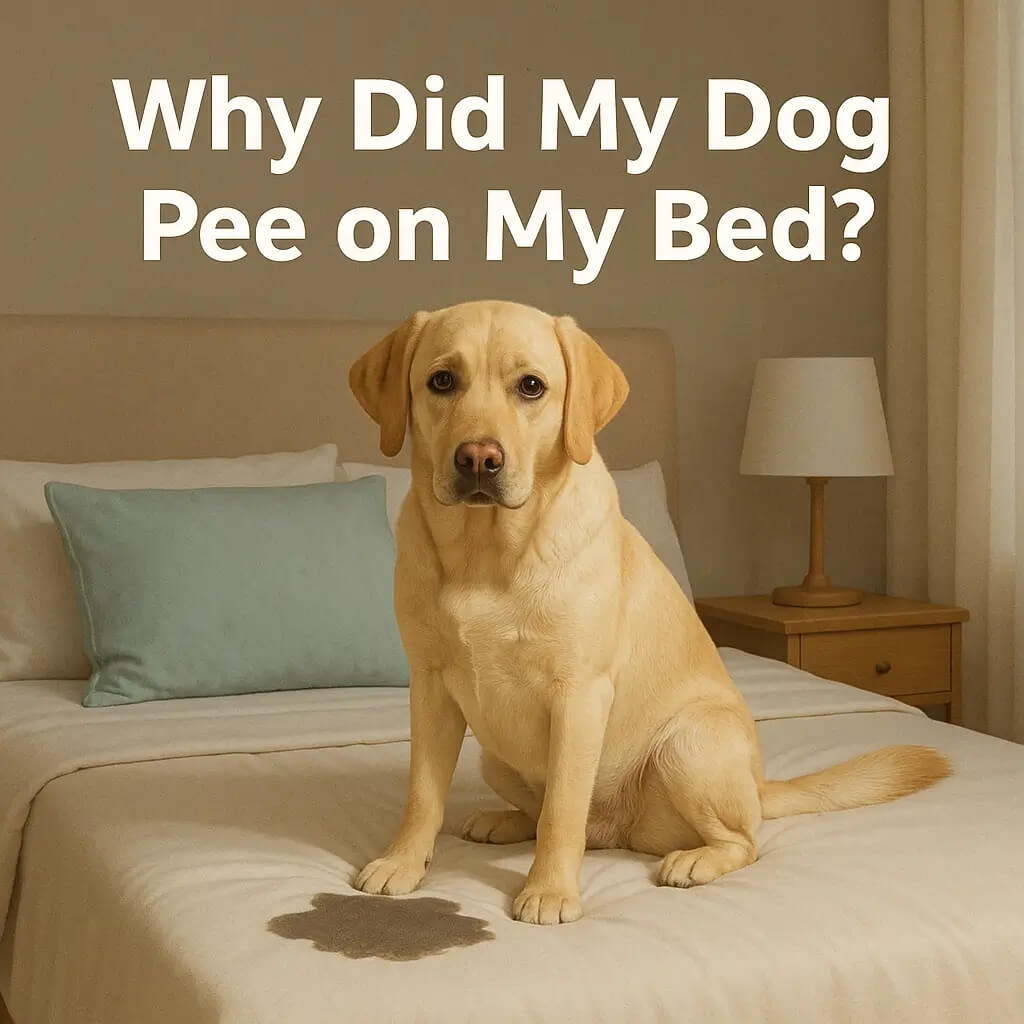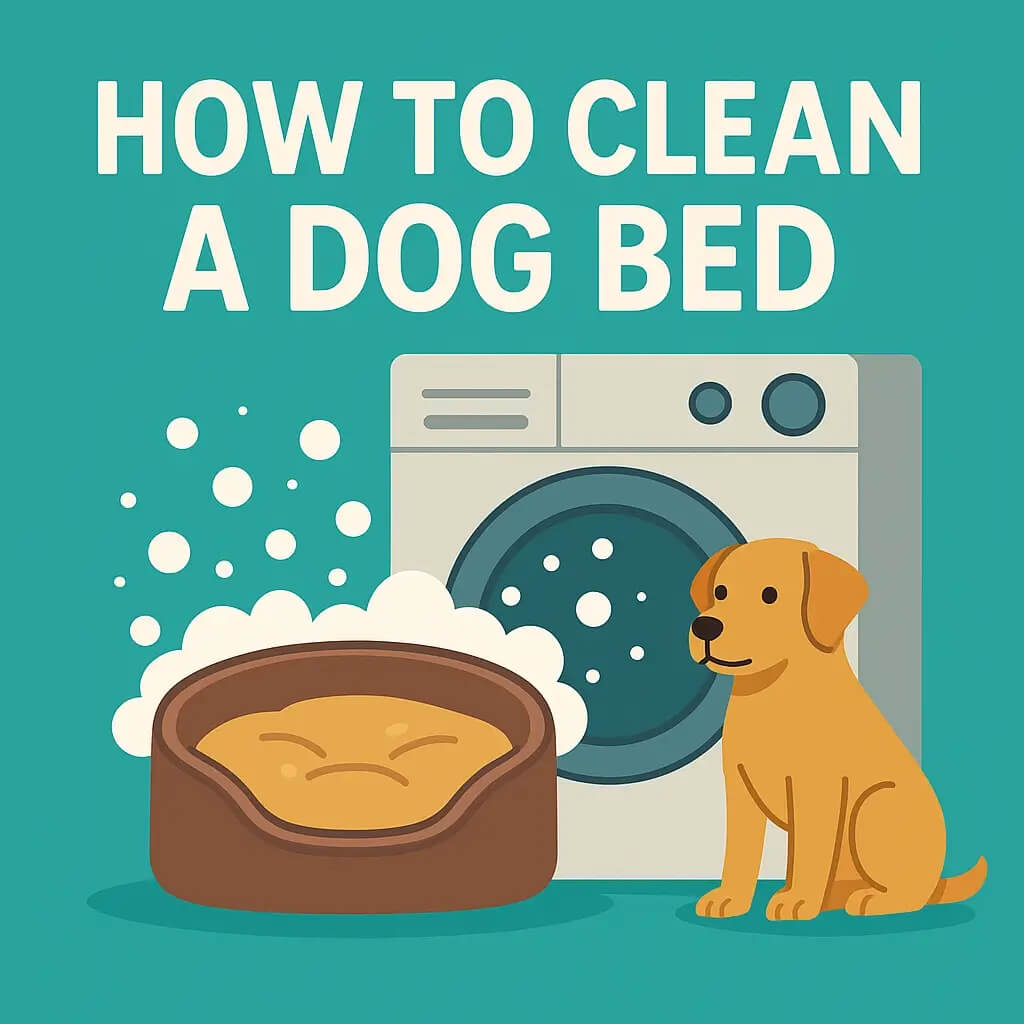Most people imagine the perfect dog life: long walks, cozy naps, funny photos. But real dog ownership also means early mornings, muddy paws, training problems, vet bills, and big feelings when things go wrong. When owners don’t understand what dogs truly need, those problems pile up. Dogs end up anxious, reactive, overweight, or even surrendered.
This article isn’t about blaming all dog owners. It’s about common patterns that hurt dogs and how we can do better. You’ll learn where things go wrong (training, exercise, breed choice, health, etiquette, social media) and get clear steps to fix them.
Lack of Proper Training & Socialization
Many owners “wait and see” with training. They hope their dog will just grow out of jumping, nipping, or barking. But behavior experts say the first three months of a puppy’s life are a critical socialization window. Positive exposure to people, dogs, sounds, and places during this time greatly lowers the risk of fear and aggression later.
If your puppy is still young, aim for short, safe outings: quiet sidewalks, car rides, gentle greetings, pairing everything with treats. If your dog is older, don’t panic. You can still help by:
-
Using treats and praise to reward calm behavior
-
Keeping training sessions 3–5 minutes, several times a day
-
Getting support from a modern, force-free trainer
Training isn’t about “winning.” It’s about teaching your dog what to do so you both feel safe and connected.
Unrealistic Expectations
Dogs are not tiny humans. They bark, dig, sniff, chase, and need clear rules. When we expect human-style behavior without teaching dog skills, everyone ends up frustrated. Behavior vets warn against “dominance” myths and harsh corrections; instead, they recommend positive methods that focus on building good habits and reducing fear.
Time reality check
Most dogs need more than quick potty breaks. Daily time adds up: walks, training, feeding, grooming, play, cleanup, vet visits. If you work long hours out of the home, you may need dog walkers, daycare, or help from family.
Money reality check
The AVMA’s responsible pet ownership guidelines remind owners that pets require ongoing investment in food, vet care, and emergency funds—not just the adoption fee.
When you see problem behavior, ask: “Did my dog actually learn a better option?” If not, start there.
Neglecting Physical & Mental Exercise
Under-exercised dogs often show it with chewing, digging, whining, and zoomies at the worst times. On top of that, U.S. surveys from the Association for Pet Obesity Prevention (APOP) suggest about 59% of dogs are overweight or obese, which raises the risk of joint disease, diabetes, and heart problems.
The AKC notes that breed and health strongly affect exercise needs—some dogs do well with 30 minutes a day, others may need 90+ minutes plus mental work.
Small spaces and bad weather
You don’t need a huge yard. Try:
-
Hallway fetch or tug
-
“Find it” games with treats
-
10-minute training sessions (sit, down, spin, touch)
In hot weather, walk early or late, avoid hot pavement, and bring water. In cold climates, keep an eye on paws and use coats or boots if needed.
A simple formula most days: walk + brain game + short training = calmer dog.
Poor Understanding of Breed Characteristics
Too many people choose dogs for looks or social media trends, then feel shocked when the dog’s natural behavior shows up. Herding breeds may nip or “herd” kids. Terriers chase small animals. Huskies howl and try to escape. None of this means the dog is bad—it means they were bred for a job.
Resources like AKC breed info and other responsible breed guides explain typical energy levels, grooming needs, and behavior traits.
“But my dog is a mix”
Mixed-breed dogs still have instincts. Look at:
-
Body type (light and fast vs heavy and calm)
-
Energy level (always on vs mostly chill)
-
Favorite activities (sniffing, chasing, carrying, herding)
If you already have a mismatch—say a high-energy dog in a tiny apartment—focus on outlets (sniffy walks, puzzle toys, dog sports) and management (baby gates, crates, safe zones). A trainer who understands breed tendencies can help you work with your dog’s nature instead of fighting it.
Ignoring Health & Veterinary Care
Sometimes “bad” behavior is a health problem in disguise. A dog that growls when you touch their back might be in real pain. A dog that snaps at the park may feel sick, dizzy, or scared. The CDC’s Dogs page and Healthy Pets, Healthy People resources stress routine vet care to protect both pets and people.
Pain hides behind behavior
See your vet if your dog:
-
Suddenly hates stairs or jumping
-
Growls when brushed or handled
-
Stops playing, eating, or greeting you
Don’t forget dental health
Plaque and tartar cause painful gum disease, which can affect organs over time. Many dogs need regular dental cleanings, plus at-home help like dental chews or brushing. Your vet can show you what’s realistic for your dog.
Preventive care is almost always cheaper—and kinder—than emergency care later.
Public Etiquette Failures
“My dog is friendly!” is not a safety plan. In public, other dogs may be nervous, in training, or working. The National Park Service B.A.R.K. rules tell owners to: Bag waste, Always leash, Respect wildlife, and Know where you can go.Leashes are usually limited to six feet for a reason: control.
In 2024, the U.S. Postal Service reported over 6,000 dog attacks on mail carriers, and they can pause delivery if they feel unsafe at a home.
Pet waste is more than gross. The EPA and stormwater programs warn that dog poop in runoff carries bacteria and nutrients into streams and lakes, harming water quality and wildlife.
Basic rules:
-
Leash where required and keep your dog close, not at the end of a long line around others
-
Give space to leashed dogs and service dogs
-
Pick up every time, even in your yard if runoff can reach drains
Good etiquette protects your dog’s freedom in public spaces.



Humanization vs. Treating Dogs Like Dogs
We love our dogs like family—but treating them exactly like humans can hurt them. Table scraps and “just a little” of our food add salt, fat, and sometimes toxins. The ASPCA Animal Poison Control Center lists common human foods that can poison pets, including chocolate, grapes, onions, xylitol, and more.
The FDA’s Center for Veterinary Medicine has also been investigating a possible link between certain dog diets and heart disease (canine dilated cardiomyopathy). This is why working with your vet on diet is so important.
Clothes, strollers, and birthday cakes are fine if your dog is comfortable and the food is dog-safe. But your dog’s real needs are simple:
-
Safe, balanced nutrition
-
Predictable routines
-
Time to sniff, move, and rest
Love them like family. Treat them like dogs.
Lack of Accountability
When things go wrong, some owners blame the dog, the breed, or the rescue—then rehome and start over. True accountability means saying, “This is my responsibility. How can I fix it?”
The AVMA’s responsible pet ownership policy highlights key duties: choose pets that fit your life, commit for their whole life, and provide proper health care, training, and enrichment.
Practical accountability looks like:
-
Booking a vet visit when behavior suddenly changes
-
Hiring a trainer instead of relying on punishment or social media hacks
-
Using management tools (gates, leashes, muzzles) to keep everyone safe
-
Admitting when you’re over your head and asking for help
It’s not about guilt. It’s about action.
The “It Won’t Happen to Me” Mentality
“It’s fine, my dog would never bite.” Owners say this every day—until something goes wrong. The CDC notes that dogs can carry germs, and that children should always be supervised around dogs, even trusted family pets.
Many bites happen at home with familiar dogs. Often the warning signs were there: stiff body, hard stare, lip licking, moving away. When we ignore stress because “he’s always been good,” we put everyone at risk.
Simple mindset shift: instead of “never,” think “not yet, so let’s keep it that way.” Use baby gates, crates, and rules to give dogs space from kids, guests, or stressful situations. Secure your dog before deliveries. Assume your dog can make a mistake if pushed too far—and plan so they never have to.
Social Media’s Role
Social media is full of perfect dogs and “instant fix” videos. You rarely see the full training process or the setbacks. Some viral tips are harmless; others are dangerous or cruel.
Use a quick two-step filter before trying anything you see online:
Can I find similar advice from a vet or major pet organization? Check places like CDC Healthy Pets, AVMA, or AKC for health and behavior basics.
Would I feel okay telling my vet I did this? If the answer is “no,” skip it.
Red flags in online dog advice:
-
Promises of “instant obedience” or “no training needed”
-
Encouraging pain, fear, or intimidation (hitting, alpha rolls, choking)
-
Telling you to ignore medical checks for serious behavior changes
Good advice usually sounds slow and a little boring: small steps, patience, and lots of repetition.
Conclusion
Most of the problems in this article—untrained dogs, poor etiquette, health issues, rehoming—come from gaps in knowledge, not lack of love. The beautiful part is that knowledge can grow.
Start small:
-
Add one training session to your day
-
Book that vet check you’ve been putting off
-
Swap a food bowl for a puzzle toy
-
Commit to leashing and picking up every time
Use trusted sources like CDC Healthy Pets, AVMA responsible pet ownership, AKC, AVSAB, and APOP as your “dog-care library.”
Your dog doesn’t need you to be perfect. They just need you to be willing to learn, adjust, and show up—every day. When owners do better, dogs feel safer, families feel calmer, and public spaces become kinder for everyone. That’s the kind of change that starts with one walk, one choice, one person: you.
















